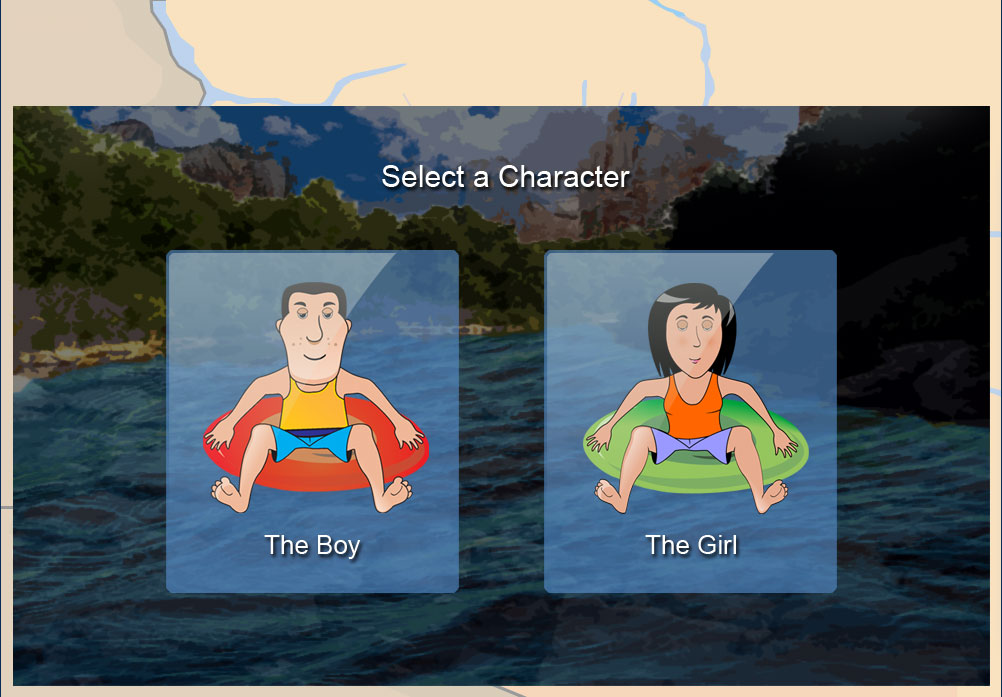The following information can help you complete the matching activity
Water Quality
Central Arizona Project delivers raw, untreated water to its customers. Although it does not own or operate any treatment plants, CAP developed a water quality testing program as a service to the cities and utilities who treat the water and the thousands of people who drink it. Results from CAP's weekly, monthly, and quarterly water quality tests not only help CAP's customers adjust their water treatment systems, the results are used to protect the quality of the water used for recharge so it can be safely retrieved for the future.
Like most river water, CAP water displays characteristics of hard water and can cause spots on dishes or scale to form on showerheads and appliances like coffee makers. High levels of calcium and magnesium contribute to water's "hardness." Hard water can be beneficial because high levels of calcium often create a natural protective coating on pipes, preventing lead and copper from entering the water supply. A lot of scientific information also indicates that high levels of hardness contribute to the development of stronger bone structure and low incidence of heart disease.
CAP invests a lot of time and money to minimize manmade pollutants in the water. This is good for water quality as well as for the environment. To clean grass out of the recharge basins, goats are used to eat grass and weeds which would otherwise impede flow of water into the ground. In some places, vegetable oil is used instead of petroleum based oil to lubricate machinery which comes into direct contact with water.
Many times, instead of chemicals, CAP stocks the aqueduct with algae eating fish rather than using chemicals to clean the canal. CAP has a license to stock $100,000 worth of white amurs or "grass carp" in the canal. CAP has also stocked red eared sunfish to eat clams and mussels.
Ecology
Damming rivers and taking water out of rivers for agriculture and cities does cause environmental change. Central Arizona Project has tried to do whatever it can to lessen the impact of the system on the environment. For instance, before CAP was constructed many archaeological and biological studies were conducted to identify animal migration patterns. Bridges were built in the places identified so deer, kit foxes and desert tortoises can get across.
Six-foot high fences also have been built along the canal to keep people and large animals safe from drowning. Wildlife watering sites were also built away from the canal. Construction near bald eagle nests was scheduled to avoid nesting season. Cacti and other native plants were saved and moved from construction sites to create wildlife habitat in other places in the desert.
Many species of fish are also supported by CAP's system. The Lake Pleasant Striped Bass Project found carp, threadfin shad, channel catfish, largemouth bass, white bass, striped bass, and crappie. One way fish are tracked on an ongoing basis is by implanted sonic tags. As recently as 2006 10 implanted striped bass were monitored on a bi-weekly basis.
Continue

 Logout
Logout Info
Info 
 Instructions
Instructions 

 Logout
Logout Info
Info 
 Instructions
Instructions 